Space Rock Crashed Into the Moon at Over 60,000 km/h During Lunar Eclipse, The impact energy was equivalent of 1.5 tonnes of TNT.
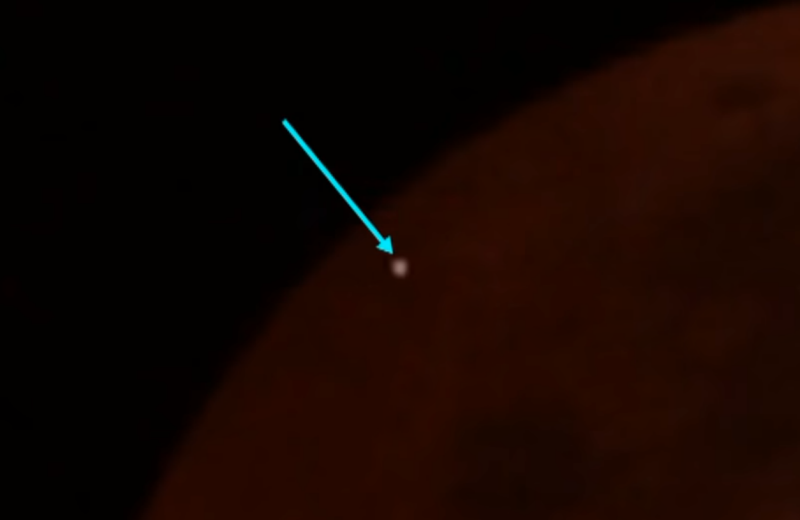
A space rock crashed into the Moon on January 19, 2019, during the lunar eclipse, creating a small crater, scientists have revealed. The space rock, which was likely a meteorite, stuck the Earth’s natural satellite at 61,000 kilometres per hour.
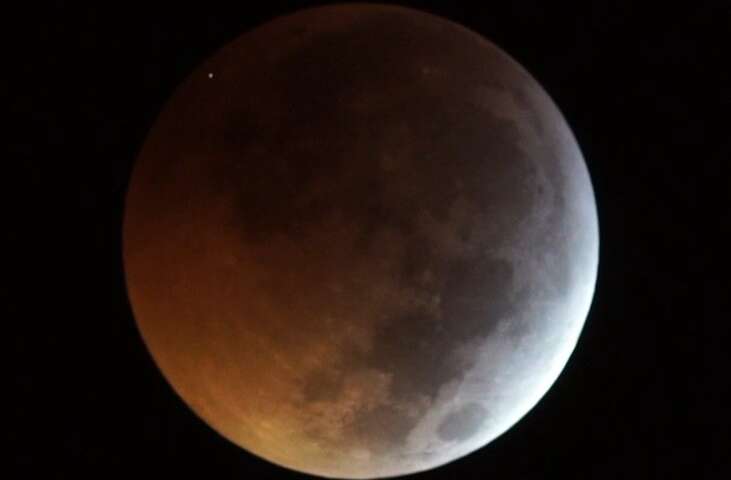
The collision was spotted by some amateur stargazers and was visible to even the naked eye, giving them best ever view of a space rock hitting the Moon’s surface. The crash created an impact flash, which lasted for 0.28 seconds.
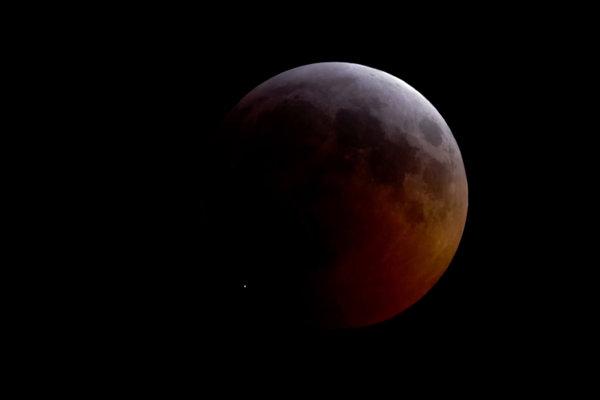
According to Royal Astronomical Society (RAS) of UK, the crash of the space rock was a rare event, and the impact flash is the first ever to be filmed during a lunar eclipse. Given the lack of an atmosphere on the Moon, it is not uncommon for the space rocks to hit the Moon’s surface. The resulting craters can be easily spotted.
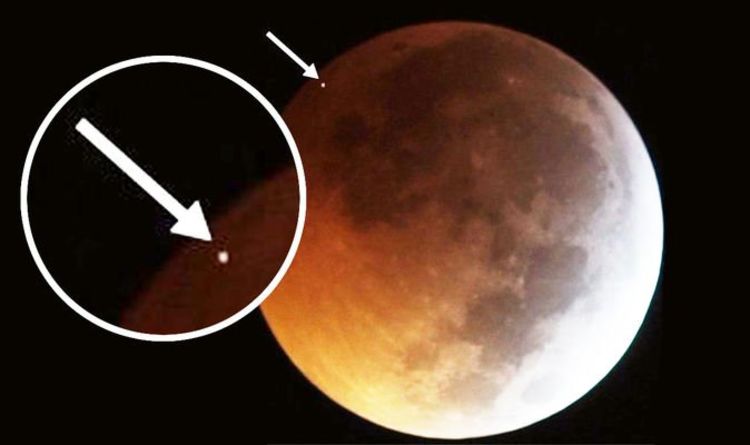
“Something inside of me told me that this time would be the time”, said Prof. Jose Maria Madiedo of the University of Huelv, who with Dr Jose L. Ortiz of the Institute of Astrophysics of Andalusia operate the Moon Impacts Detection and Analysis System (MIDAS) project. It was the MIDAS project that recorded the space rock impact on Moon on video.
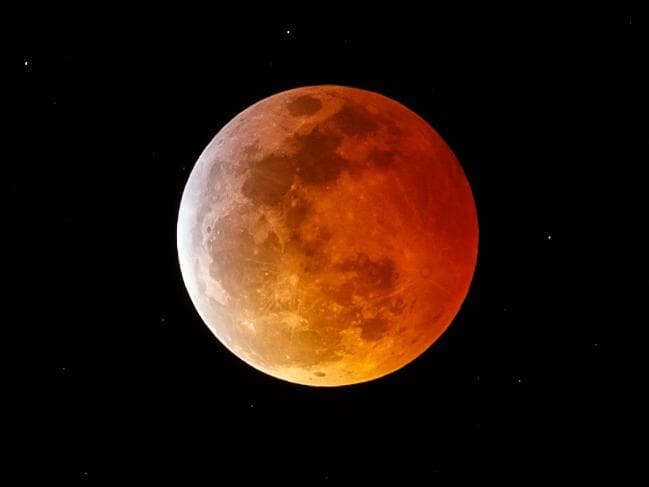
Madiedo and Ortiz write in their research that the space rock had a mass of 45kg and it measured 30 to 60 centimetres across, and crashed into the Moon at 61,000 kilometres per hour. The energy generated by the impact is said to be equivalent of 1.5 tonnes of TNT, enough to form a crater up to 15 metres in diameter.













0 Comments